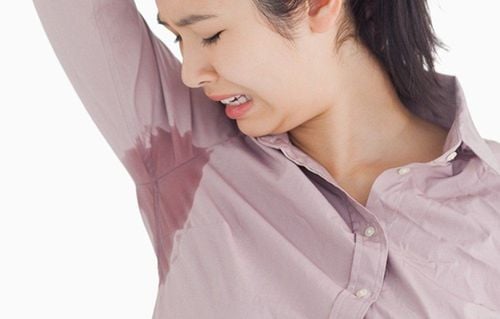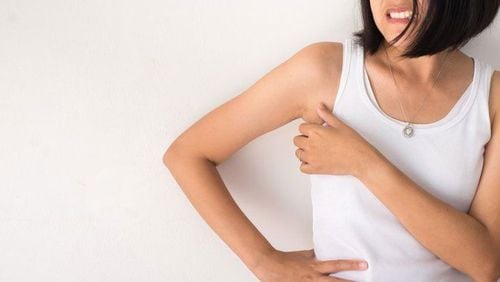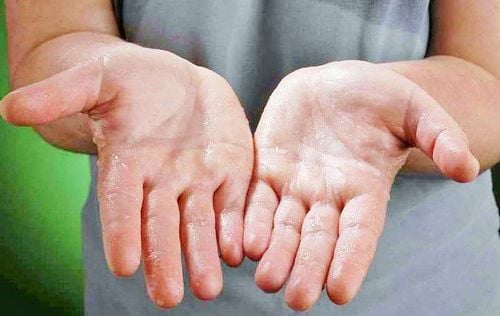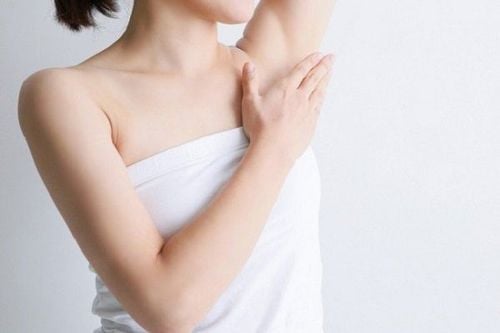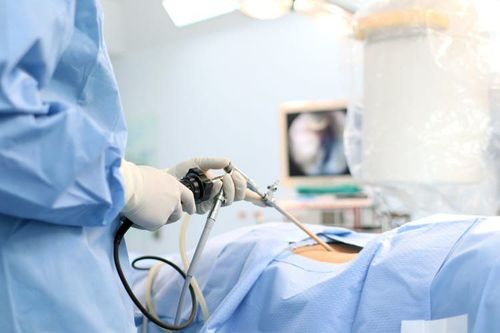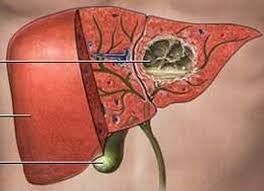This is an automatically translated article.
Sympathectomy is one of the treatments for sweating hands and feet. This is an invasive procedure and is the method of last choice when other treatments such as botulinum injections, physical therapy, and medical therapy are ineffective.
1. How to treat sweaty hands and feet
Sweating hands and feet is a very normal physiological state of the body. However, if this situation occurs in excess, causing many people to face daily challenges such as work limitations, constant discomfort, shyness in communication, etc., then intervention is needed. card. Some treatment methods for sweating hands and feet include:
Medical treatment: anticholinergic drugs, alpha 2 receptor blockers, propranolol, NSAIDS,... Physiotherapy Botulinum toxic injection procedures A transdermal at the neuromuscular junction. Surgical treatment of thoracic sympathectomy. In particular, surgical treatment of thoracic sympathectomy is the most effective treatment and has the lowest recurrence rate. It is an invasive procedure and is the method of last resort when other treatments have not worked. In the past, sympathectomy surgeries such as supraclavicular surgery, small chest, anterior neck opening,... were generally heavy and left many complications. Currently, sympathectomy by laparoscopic method helps to better observe the pleural cavity, reduce the time of surgery and the degree of postoperative pain, reduce postoperative complications such as infection, atelectasis, and time. hospital stay,...
2. Sympathectomy
2.1 Designation
Sympathectomy is indicated for cases of sweating grade 1 or more, symptoms occur within 6 months and are accompanied by other factors such as:
Occurs more than twice in day Affects daily activities and causes anxiety There is a genetic factor in the family Not sweating hands and feet when sleeping

Phẫu thuật cắt hạch giao cảm với người đổ mồ hôi từ độ 1 trở lên
2.2 Steps to take
Step 1: Anesthetize and position the patient
Single-lumen endotracheal anesthesia: this anesthetic method is easy to perform, simple to operate and less expensive. However, there needs to be a smooth coordination between the surgeon and the anesthesiologist, the operation time is short, the lung does not collapse well, but it is difficult to manage when there are complications or thickening of the pleura. Double-lumen endotracheal anesthesia and unilateral atelectasis: this method allows time and space to be manipulated to be convenient and selective in difficult cases. This method of anesthesia requires training for double-lumen intubation and expensive equipment. Patient position: the patient is placed in the Fowler position with head 30 degrees, arms outstretched to the sides. The endoscope is placed at the patient's foot or opposite the surgeon. Step 2: Location of trocart holes
One-hole trocart method: at the trocart position at the 4th intercostal midaxillary line. Two-hole trocart method: two 5mm trocarts are placed at the 3rd and 5th intercostal positions of the midaxillary line. The position of trocart holes in laparoscopic surgery may vary according to the surgeon's habits or specific situations. Step 3: Atelectasis, identify and cut sympathetic ganglia
Using a pneumothorax, flatten the lung and expose the apex of the lung, behind the mediastinum. Locate the sympathetic ganglia chain to be cut and the organs involved. Sympathetic ganglion ablation by unipolar electrocautery. Step 4: Expulsion of air in the pleural space is performed by using one end of a small drain tube placed into the pleural space, the other end submerged in a basin of sterile water. Then, the surgeon cooperates with the anesthesiologist to squeeze the balloon to expand the lungs, expel all the air in the pleural space, and finally quickly withdraw the drainage when the lung expands and stitch the trocart holes.

Hình ảnh sau phẫu thuật cắt hạch giao cảm
2.3 Complications
Possible complications after sympathectomy include:
Compensatory sweating: Compensatory sweating will appear in the face, armpits, back, groin, hips. However, most are tolerable levels of sweating. Recurrence: The rate of recurrence of sweaty hands and feet is about 0% - 65%. Results are based on mainly grade 1 and grade 2 reports of failure to ablate sympathetic ganglia, no destruction or absence of accessory nerve branches, or proliferation of sympathetic postganglionic fibers. Treatment with sympathectomy gives good results. Pain at the lymph node burning site and behind the sternum: due to burning, destroys many periosteum, inflammation or damage to the intercostal nerve at the trocart site. Occasionally, post-operative chest pain due to pneumothorax may occur. Excessive dryness of hands and feet: Excessive dryness of hands and feet can appear after many weeks of surgery, up to 42% of patients can appear up to 6 months after surgery. The feeling of dry hands and feet may go away on its own after a few weeks. Cardiac arrhythmias during and after surgery: Intraoperative cardiac arrhythmias are usually bradycardia disorders due to transient hyperparasympathetic hyperparasympatheticity. Bradycardia after surgery, the heart rate will usually be in the range of 45-55 beats/minute. The patient is asymptomatic and does not require a pacemaker. Increased sweating in the hands and feet is a disease that is not dangerous to health, but greatly affects the patient's daily life, causing difficulties in work as well as low self-esteem in communicating with the social environment. Conservative medical treatment is ineffective and cannot be a long-term treatment. Endoscopic thoracic sympathectomy to treat hyperhidrosis is a simple, highly effective, aesthetic, and minimally invasive treatment method.
At Vinmec International General Hospital, treatment of sweating hands and feet due to autonomic nerve disorders by endoscopic sympathectomy, in order to reduce excessive sweating of hands and feet, is performed. performed by experienced doctors with modern equipment. Patients will be screened and examined before surgery, followed up after surgery according to the international standard treatment protocol. Surgical treatment of sweaty hands and feet by thoracoscopy has given outstanding results: Instant effect, one-time surgery for long-term effects, high aesthetics, safety and short hospital stay . The advantages of laparoscopic sympathectomy are low cost, short hospital stay, drier hands and feet after surgery, early and convenient return to life as well as increased self-esteem. trust the patient.
Please dial HOTLINE for more information or register for an appointment HERE. Download MyVinmec app to make appointments faster and to manage your bookings easily.




